This November Kurk Kurk visited an exhibition by Gintas Kavoliūnas in Kupiškis Museum of Ethnography. Gintas is known for his expertise in old photography techniques. You can really appreciate his talent in this field by viewing his original photographs, presented in the exhibition “Nature Morte”. All of the photographs shown are made by using old photography techniques – silver gelatin prints, cyanotype prints, wet collodion photographs and other techniques.
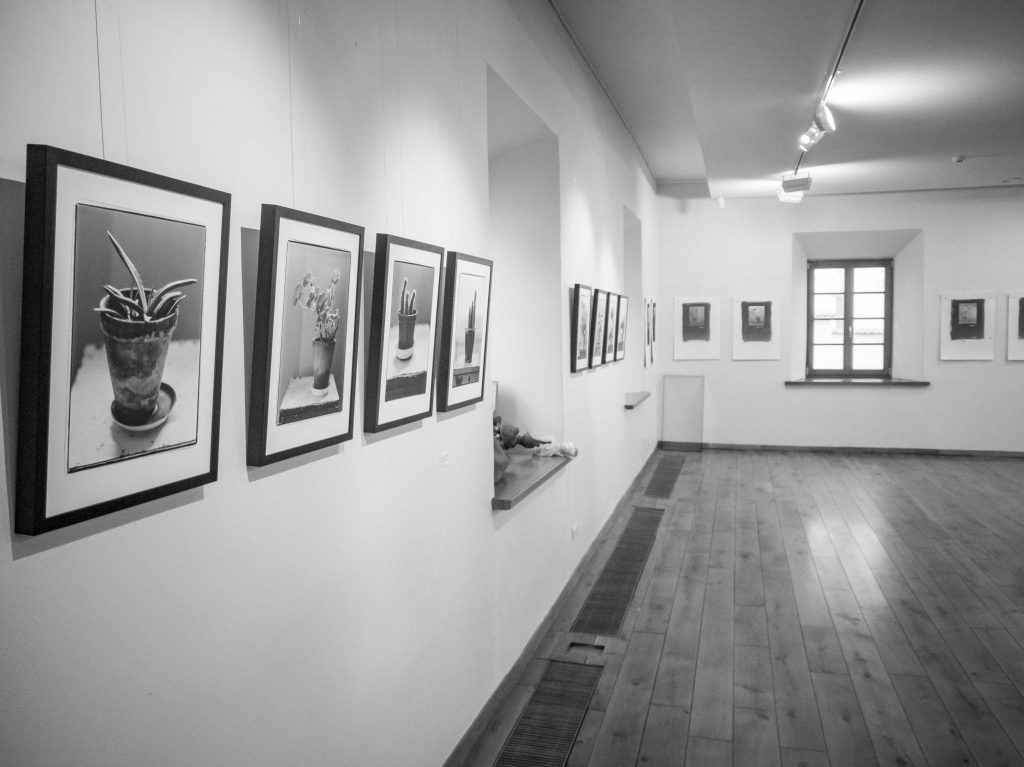
From the first glance, the objects depicted in these photographs are a bit mundane, but the technique used to eternalize them is special. There are few series presented in this exhibition and all of them are made by using different old photography methods. The first series that catches our attention is photographs of frogs. Once you look closer, it becomes clear that these are actually dead bodies of the frogs – the ones we see after the rain on the busy road.
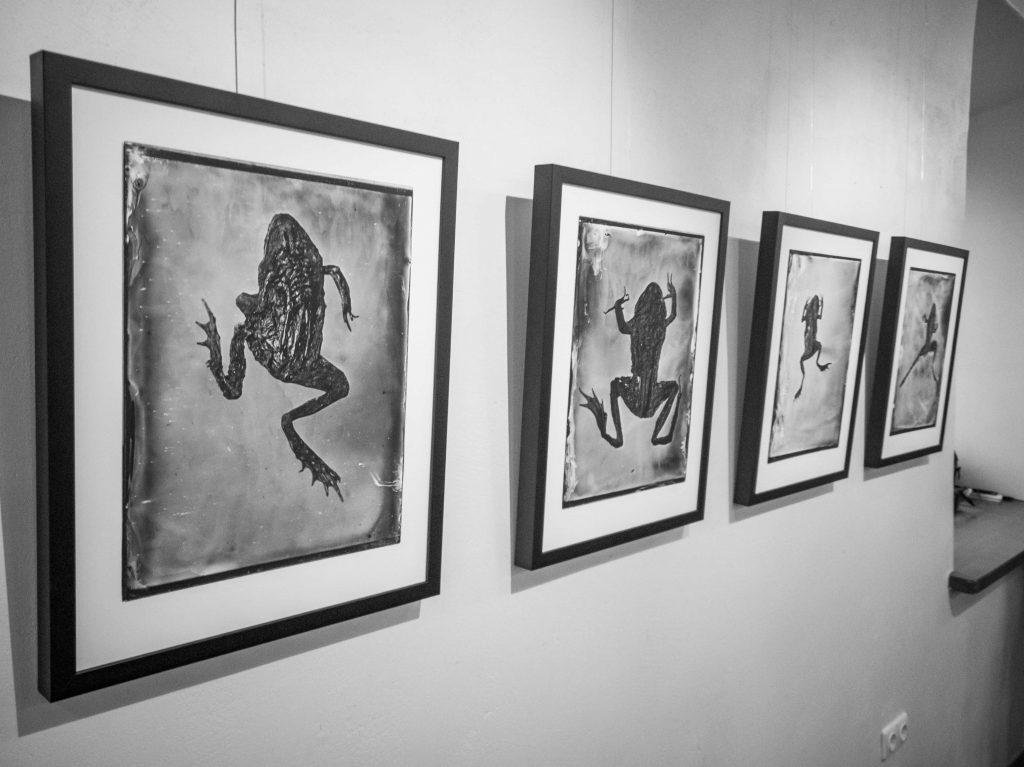
All of the photographs in the series “Dance in the rain” are made using wet collodion technique. Using this method, the image is created on the glass (ambrotype), metal (ferrotype) or acrylic plate. This process was invented in XIX century by Frederick Scott Archer. The oldest surviving ambrotypes and ferrotypes are over 160 years old – they do not fade or change color, the image stays sharp. What you see is pure silver that appears on the surface of glass or metal plate during the chemical reaction. To add more, the image is totally unique and unrepeatable – it is impossible to make two identical ferrotypes or ambrotypes.
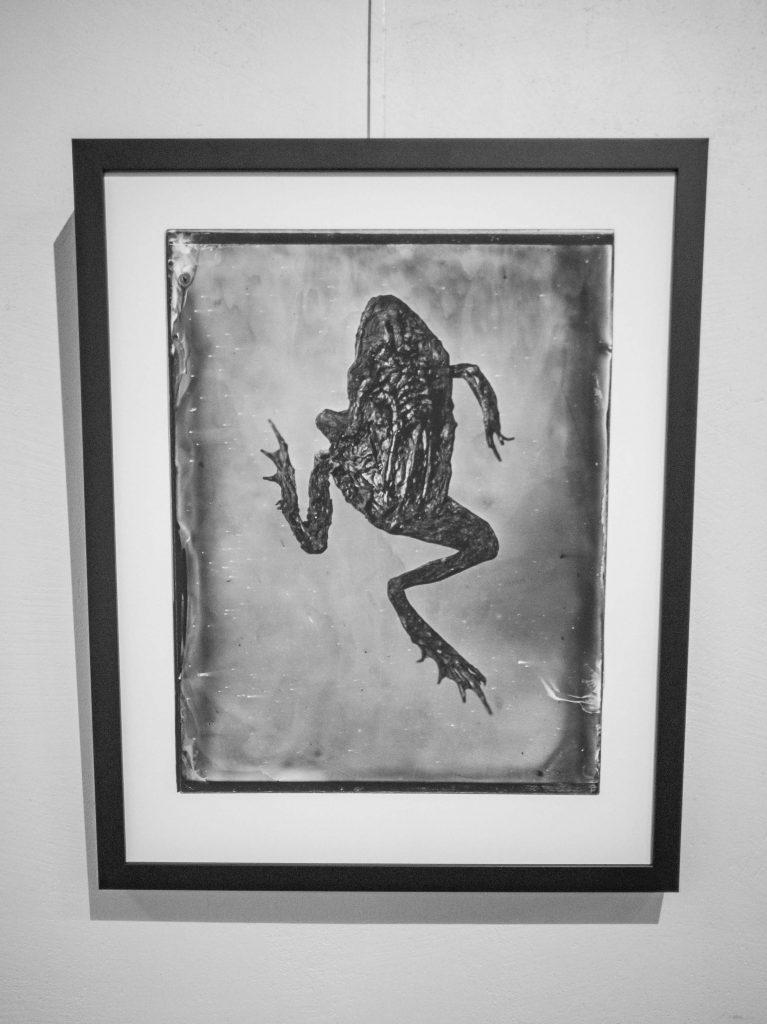
The next series, “On the windowsill” depicts home grown plants and flowers. These images “become a distinct way to characterise the owner of the apartment and illustrate their perception of the world”.1
In this series the photographic prints are made on the silver gelatin coated paper while channelling light trough the negative that is put inside the enlarger. In XIX century William Henry Fox Talbot invented positive-negative process, which was used to invent other techniques to make photographic prints. One of these techniques was albumen. This process was presented by Louis Blanquart-Evrard in 1850 to the French Academy of Sciences.

During this process, the paper is coated with salted egg whites, later – with silver nitrate solution. This way, light sensitive silver salts form on the surface. Later, the negative is pressed against the coated paper and exposed in the ultraviolet light until the image appears. In the XIX century the albumen process was the most used printing process for positive images. Later, after 1870, other technique was invented – silver-gelatin process. It was far more stable and simpler than albumen – the image had a neutral gray tone rather then a yellowish tone.
It is impossible to say who was first to invent silver-gelatin process. More than few people took a part and made significant studies with various types of silver halide gelatin emulsions. The paper used in this process is coated with special emulsion, that has gelatin and silver salts in its contents. Silver prints are made, when paper is exposed to light and latent image forms, which is revealed once the paper is immersed in special chemical developer.

Other series that stands out is “Post-mortem”. “Photographer confronts the viewer with the cessation of existence by showcasing images of the animal and bird skulls captured on the x-ray plates. In a sense it is their current afterlife portraits with a reference to the past as a testimony of the former life”.1 These x-ray plates are framed in the special light-boxes. What we see is an optical projection of the object – instead of negative, a skull was placed inside the enlarger. The light penetrates the skull and projects an enlarged image straight into the x-ray plate. This way a detailed, sculptural image is created.
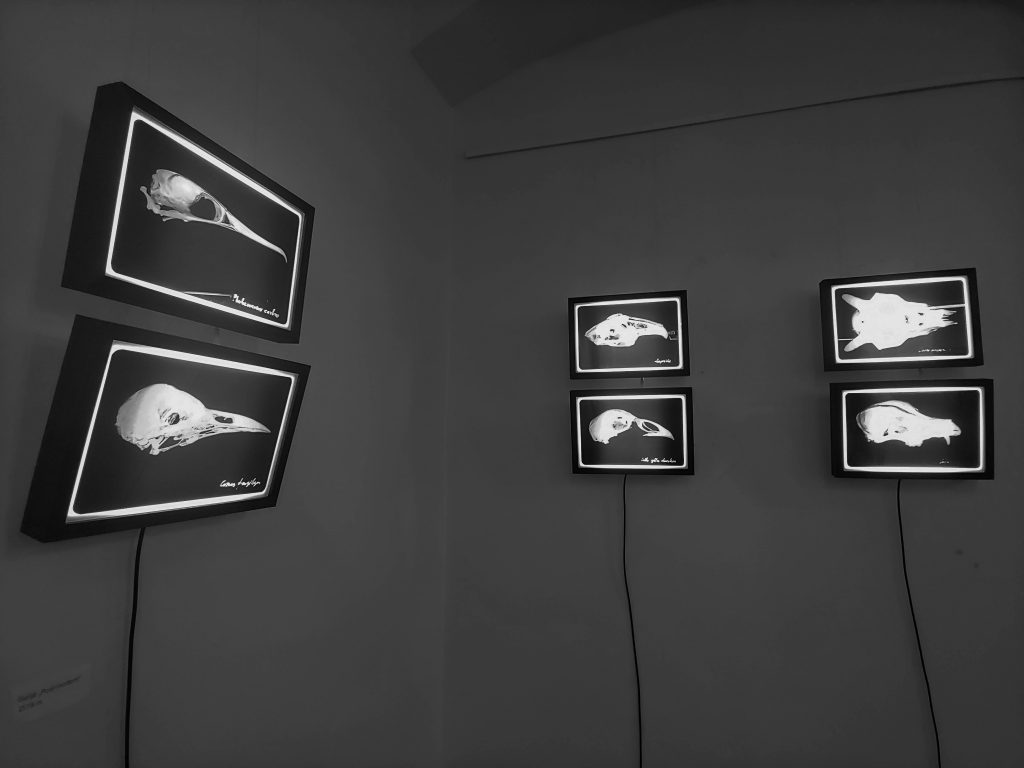
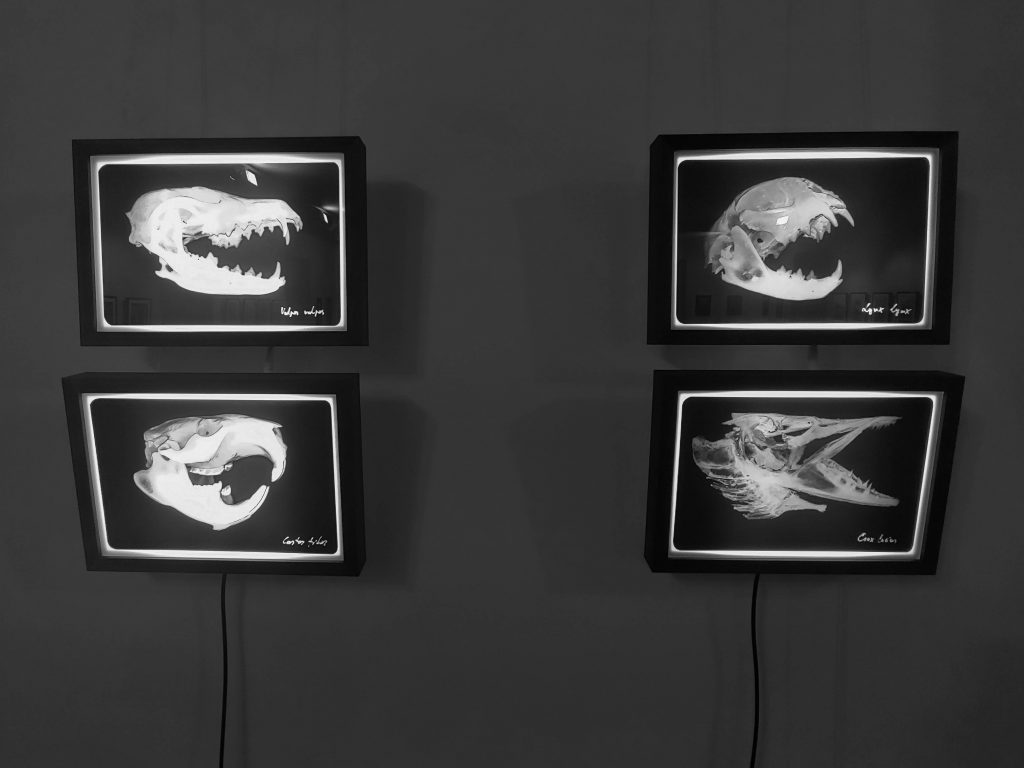
Next, we notice bright blue photographic prints in the series “Arbaro” and “The blue mood”. While making the first series “the author sort of engages in the reincarnation – he roots out saplings from the places that are not fit for them to grow (for instance mowed fields) and gives them a symbolic eternity in print sheets”.1 In the second series “the flowers in the vases are dyed in blue pigment during the cyanotype process. The only way to know their true colours is by reading inscriptions that were written by the author. This way the viewer can “colour” the seen image the way he or she wants”.1

These blue prints are made by using cyanotype technique, which was invented by the British astronomer Sir John Frederick William Herschel. The image appears, when iron salts oxidise while being exposed to ultraviolet light and create a high intensity blue image. During the process Prussian blue pigment is formed, which is insoluble in water and stays on the paper. After exposing in light, the print is washed in the running water. This way the image is fixed and the iron salts are washed out.
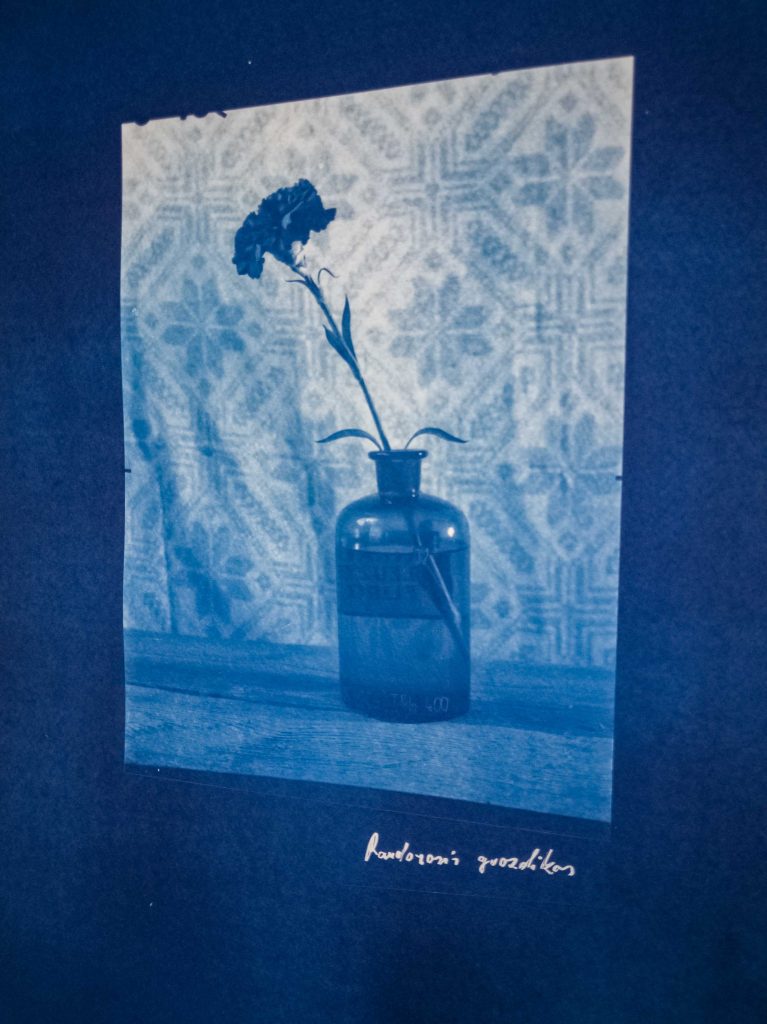
The first person, who used this process in photography was Anna Atkins. In 1843 she published her first book that was filled with blue cyanotype prints depicting various plants and flowers. Due to the simplicity of this process, it was largely used in architecture to make copies of plans. Nowadays, cyanotype is mostly used for artistic purposes.
This process was introduced to the visitors of Kupiškis Museum of Ethnography, during the workshop, which was conducted by Gintas Kavoliūnas. During this workshop, participants could make a cyanotype photogram.
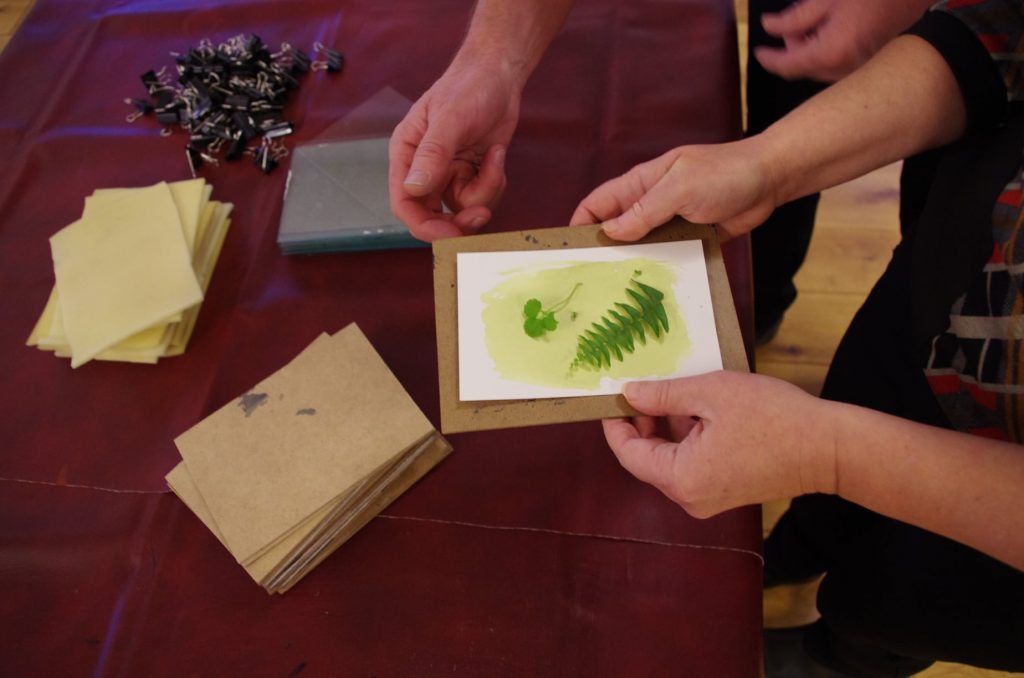
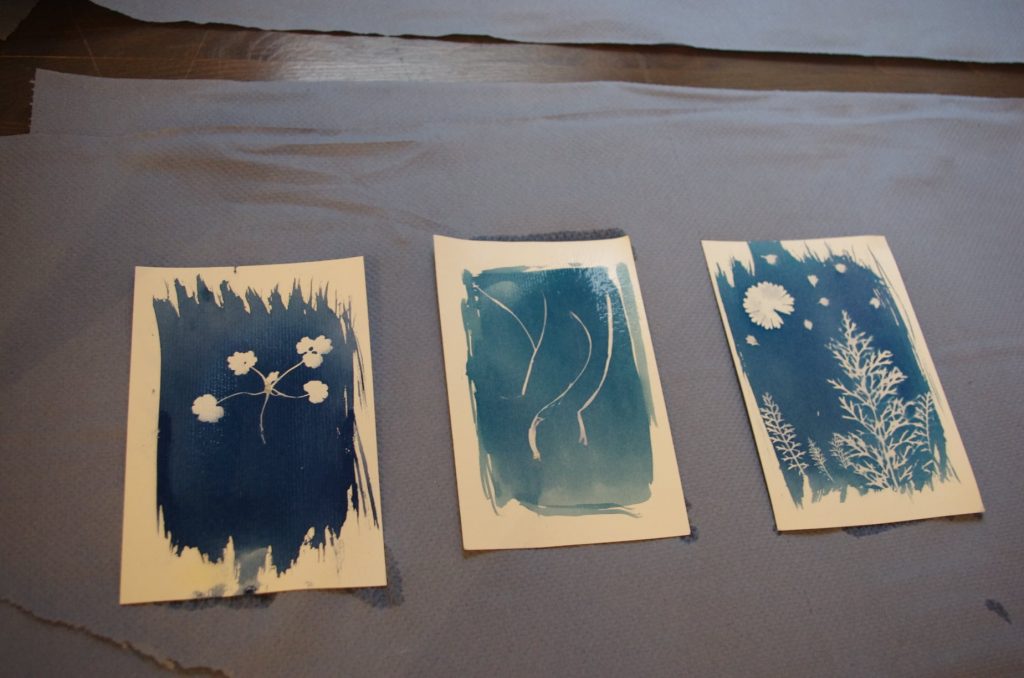
To learn more about the old photography techniques mentioned in this article, please visit this page. If you are interested in creative workshops, please write us an email at [email protected]
To learn more about Kurk Kurk, read other articles on our blog, visit our page and like us on Facebook and Instagram.
Quotes: 1 Art critic Danguolė Ruškienė.
Popular articles

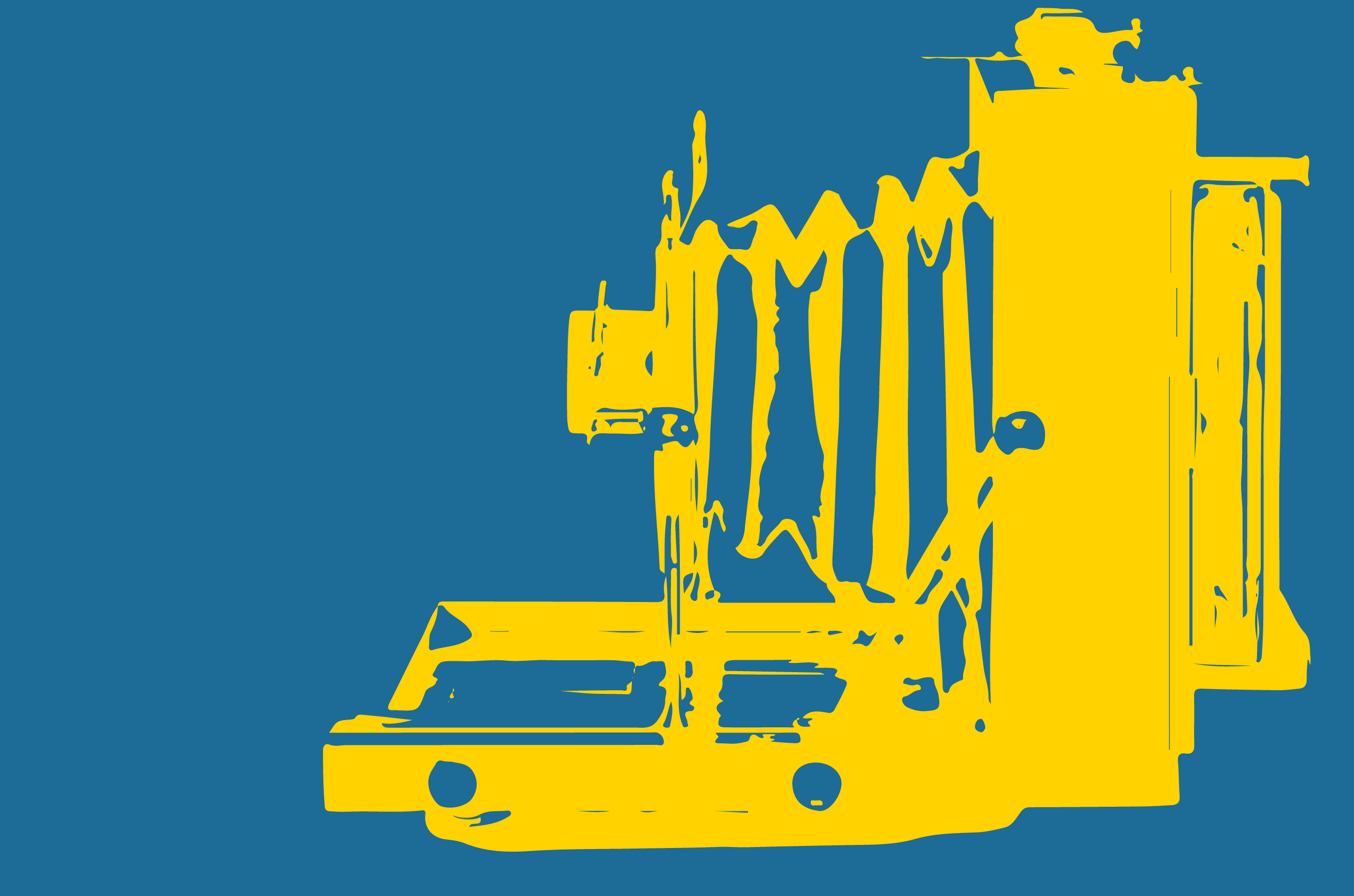;)
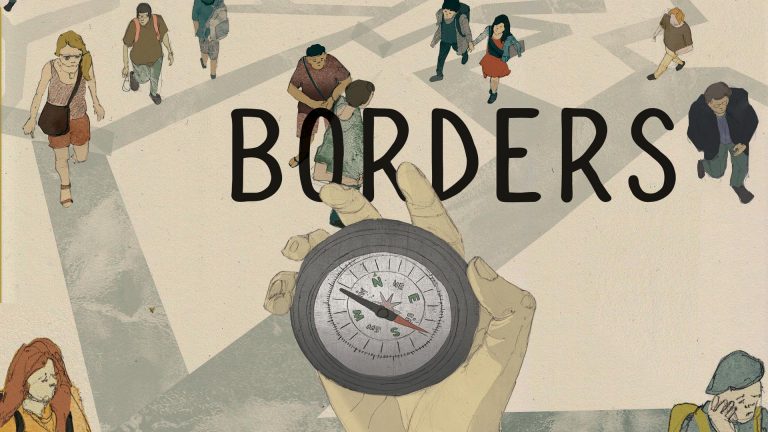
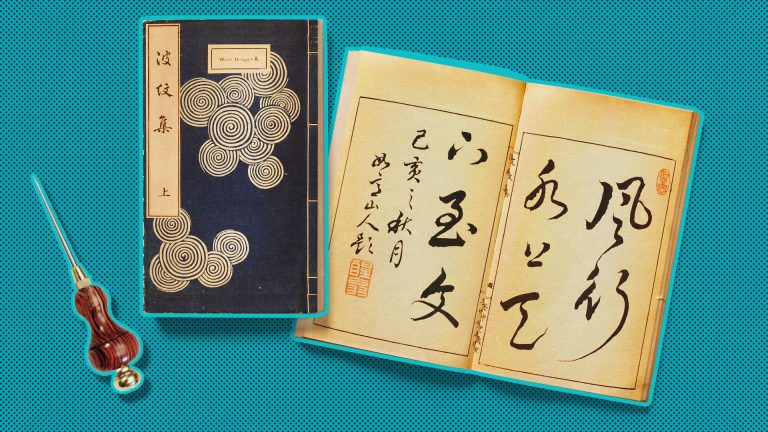
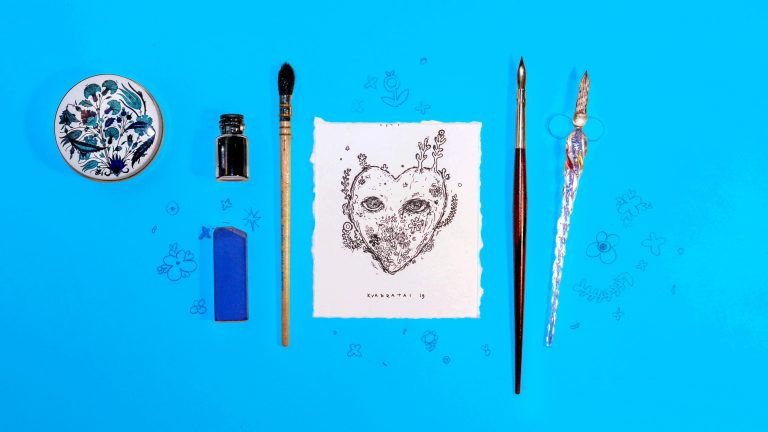
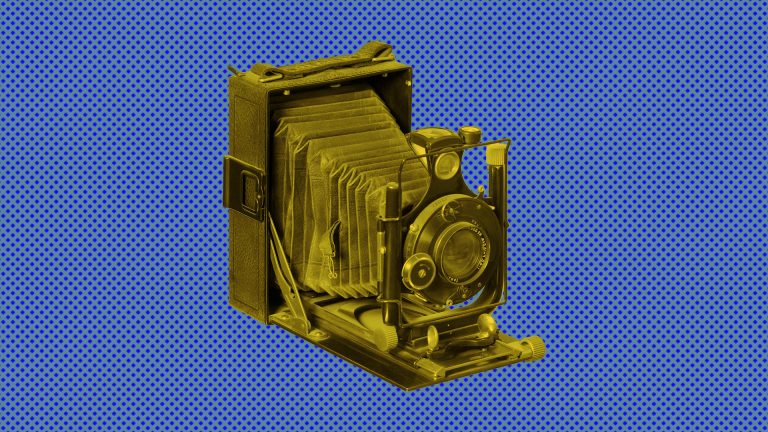
Comments